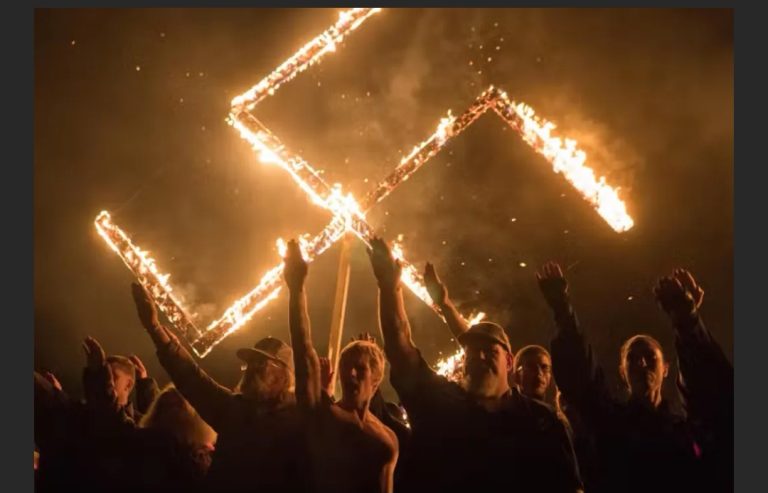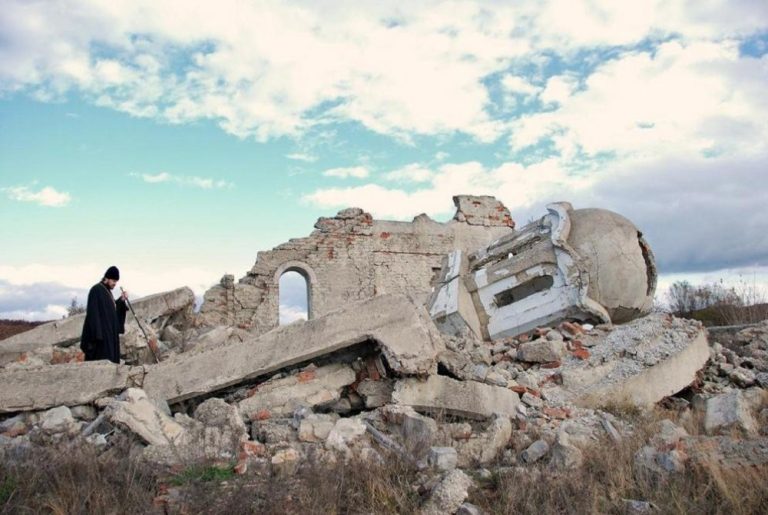Identifying Racism, Fascism, and Nazism
By Alexander Gaponenko
In May of last year, a wave of powerful anti-racism protests started in the United States and quickly spread to Europe. A large mass of people started to protest against the economic oppression and discrimination of some people by others. However, this healthy movement for justice and equality for all members of society soon took a tragicomic, and often dangerous for society forms. The protesters started demolishing monuments to people who have nothing to do with racism, smashing storefronts and looting the first stores that came to hand, humiliating innocent people of other colors, and forcing the police to repent for their misdeeds. Because of these inappropriate actions of the crowd, the US authorities started to accuse anti-fascists, who, according to the idea of the movement itself, are fighting against oppression and discrimination, of organizing the riots.
All these contradictory events in the United States, and in Europe, force us to redefine what racism, fascism, and Nazism are.











